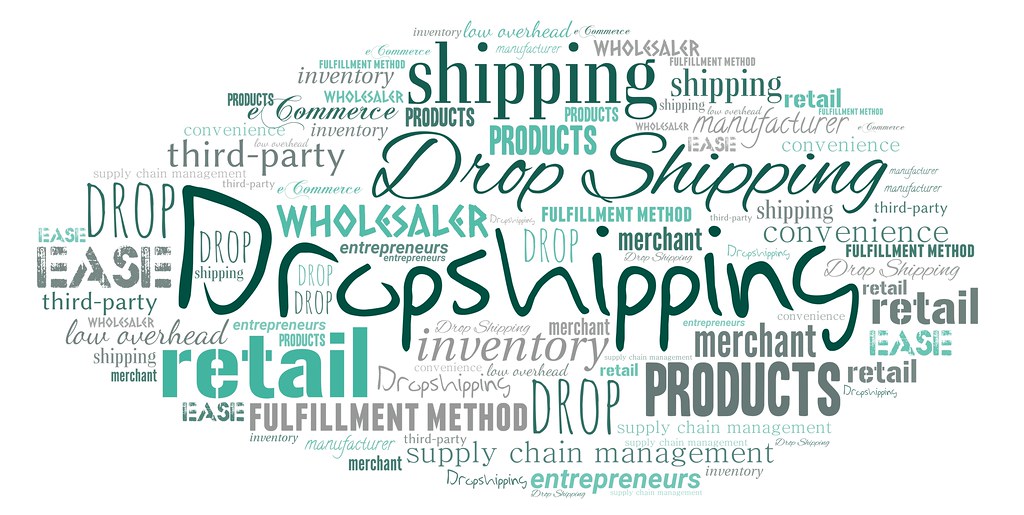Exploring the Rise of Webdrop Market: The Future of E-commerce and Dropshipping
In recent years, the e-commerce landscape has witnessed a significant evolution with the emergence of webdrop markets. These platforms, often hailed as the future of online shopping, offer a unique blend of convenience, variety, and accessibility to consumers worldwide. In this essay, we will delve into the rise of webdrop markets, exploring their impact on traditional retail models and their potential to reshape the future of e-commerce and dropshipping.
Understanding Webdrop Markets
Webdrop markets, also known as online marketplaces or WooCommerce dropshipping platforms, serve as virtual hubs where sellers can showcase their products to a global audience. Unlike traditional retail models, where sellers maintain inventory and manage shipping logistics, webdrop markets operate on a dropshipping model. This means that sellers partner with manufacturers or wholesalers who directly handle the production and fulfilment of orders to consumers. Strategically leveraging these platforms can significantly grow Webdrop’s market presence, enabling sellers to tap into a broader customer base and streamline their operations for enhanced efficiency and scalability.
The Evolution of E-commerce

The rise of webdrop markets represents a natural progression in the evolution of e-commerce. As consumers increasingly turn to online shopping for convenience and accessibility, traditional retail models have faced growing competition from digital counterparts. Webdrop markets bridge the gap between manufacturers and consumers, eliminating the need for physical storefronts and overhead costs associated with traditional retail.
Key Features and Benefits
- Convenience: Webdrop markets offer unparalleled convenience, allowing consumers to browse and purchase products from the comfort of their own homes. With just a few clicks, shoppers can access many products without the hassle of visiting multiple stores.
- Variety: With various products available from different sellers, webdrop markets cater to diverse consumer preferences and interests. From electronics and apparel to home goods and cosmetics, there is something for everyone on these platforms.
- Competitive Pricing: The competitive nature of webdrop markets often results in lower prices and special promotions, which benefit consumers and drive sales. With multiple sellers vying for customers’ attention, buyers can take advantage of discounts and exclusive deals.
- Global Reach: By leveraging the power of the internet, webdrop markets connect buyers and sellers from around the world, facilitating cross-border trade and international commerce. This global reach opens up new opportunities for sellers to expand their customer base and reach untapped markets.
Impact on Traditional Retail
The rise of webdrop markets has challenged traditional retail models, prompting brick-and-mortar stores to adapt to changing consumer preferences. With the convenience and accessibility of online shopping, many consumers have shifted their purchasing habits away from physical stores towards digital platforms. As a result, retailers have been forced to rethink their strategies and enhance their online presence to remain competitive in the evolving e-commerce landscape.
The Future of E-commerce and Dropshipping
Looking ahead, webdrop markets are poised to play a central role in the future of e-commerce and dropshipping. As technology advances and consumer behavior evolves, we can expect to see further innovation in the online shopping experience. From augmented reality shopping to personalized recommendations based on artificial intelligence, the possibilities for the future of webdrop markets are endless.
Moreover, as sustainability becomes increasingly important to consumers, webdrop markets have the potential to promote eco-friendly practices within the e-commerce industry. By facilitating direct shipping from manufacturers to consumers, these platforms can reduce the carbon footprint associated with traditional retail supply chains.
In addition to technological advancements, the future of web drop markets will also be shaped by shifts in consumer behaviour and preferences. As millennials and Gen Z consumers become the dominant demographic in the market, we expect to see an increased demand from brands and retailers for transparency, authenticity, and social responsibility. Webdrop markets that prioritize these values and offer ethically sourced products will likely resonate strongly with this demographic.
Furthermore, the rise of webdrop markets has democratized entrepreneurship, allowing individuals to start their businesses with minimal overhead costs. Through these platforms, aspiring entrepreneurs can sell products through dropshipping without the need for inventory or large upfront investments. This accessibility has empowered a new generation of small business owners, driving innovation and economic growth.
As webdrop markets continue to gain traction, regulatory changes and industry standards may emerge to ensure fair competition and consumer protection. Issues such as counterfeit products, intellectual property rights, and data privacy will become increasingly important as the industry matures. By establishing clear guidelines and best practices, regulators can foster a safe and trustworthy environment for buyers and sellers.
Conclusion
In conclusion, the rise of webdrop markets represents a transformative shift in e-commerce and dropshipping. By offering consumers unparalleled convenience, variety, and accessibility, these platforms have revolutionized the way we shop online. As we continue to embrace the digital age, webdrop markets will undoubtedly shape the future of retail, driving innovation and redefining the boundaries of online commerce.

















